New And Worn Phase Tests Make Tyres Safer And Long Lasting
- By Ertugrul Bahan
- December 25, 2024
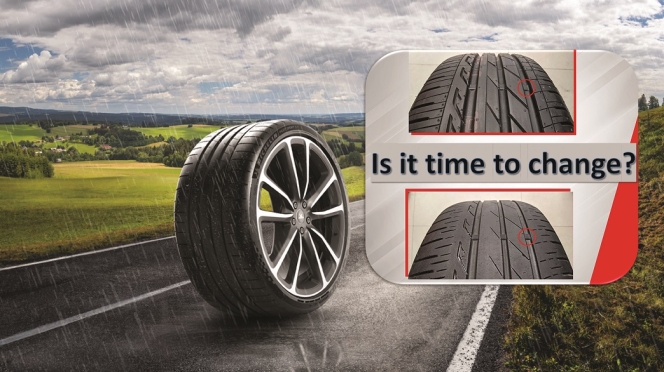
What does ‘Tyre Labelling’ guarantee? It shows schematically the classification of tyres in terms of fuel consumption, noise and wet performance. The tyre manufacturer is obliged to demonstrate the values indicated on the label in tests carried out in accordance with the test method described in EU regulations. This essentially means that the performance parameters of the tyres in question are at least exactly at this level or above the positive side of the limit scale, but only when the tyres are new, i.e. at the beginning of tyre installation. It is technically expected that the stated performance values will not change until the end of the first 10,000 kilometres or until wear of approximately 1.5 mm occurs.
Who knows what the actual grading of tyres will be after the second 10,000 kilometres or at 3 mm down wear stage? No one can correctly estimate what the wet noise and traction will be after most of the mini-kerf or notches are eliminated or reduced, but only when the tyre is tested it can be monitored. Or if the tyre's grooves are completely ‘V’ type, and after a period of time the tyre's traction forces change significantly, then rolling resistance and wet braking behaviour will become significantly different.
The performance level of worn tyres might be therefore quite uncertain and must be taken into account on a legal basis. The wet performance of worn tyres will be a check point for ‘wet grip class’ grading on EU Tyre label after 1st July of 2024, which is in line with the demand of tyre industry parties asking more sustainability. Thanks to the introduction of a new EU regulation R117-04, tyres sold in EU distribution channels meet the same minimum wet braking performance requirements not only when new but also when worn down to the legal minimum tread depth of 1.6 mm.
EU is the most sensitive and advanced market to sustainability in the world. It is driven at any time by the increasingly aspiring regulatory agenda and there is always a constant development in this respect. Requirements of consumers or the automotive industry are more demanding by a more conscious society. Tyres’ life cycle contributing to a more sustainable future proactively identifies and addresses the potential human health and environmental impacts associated with the industry. Therefore, safer and more environmentally sound mobility options are always geared towards resource conservation and fuel economy amongst the focus points of innovations.
Thanks to the introduction of a new EU regulation R117-04, tyres sold in EU distribution channels meet the same minimum wet braking performance requirements not only when new but also when worn down to the legal minimum tread depth of 1.6 mm. They must therefore be tested both as new and as worn tyres before receiving the 'wet grade’ on the label. This means that EU drivers can now buy safer tyres that meet the legal minimum standards for wet braking performance, even when worn down to the legal minimum tread depth.
As a weak point of R117-04 regulation, it only covers wet braking of new and worn-out tyres. It does not cover ‘noise’ and ‘rolling resistance’ items given on labelling or more simply endurance performance level of especially cheap tyres in the market with a 1.6 mm tread depth assuming they will not change!
Informal wet braking tests conducted by ETRTO show that the wear rate of group ‘C1’ tyres can decrease by up to 50 percent, while the loss rate of group ‘C2’ and ‘C3’ tyres remain in 10 percent. The new regulation R117-04 therefore does not apply to group ‘C2’ and ‘C3’ tyres, as they normally have a greater tread depth and it is assumed that the level of wet braking does not change during the wear phase. However, since group ‘C1’ tyres have a smaller tread depth, it is assumed that their contact patch is more subject to negative changes, so that the wet braking performance also changes more after use.
As a weak point of R117-04 regulation, it only covers wet braking of new and worn-out tyres. It does not cover ‘noise’ and ‘rolling resistance’ items given on labelling or more simply endurance performance level of especially cheap tyres in the market with a 1.6 mm tread depth assuming they will not change!
The new R117-04 regulation may mainly be considered as sustainability issue rather than total safety. It promotes tyre usage until defined min tread depth creating a room to consumers to trust the tyres above minimum tread depth level. However, it should still be positively considered a step forward to the worn tyres’ safety regulation. It accepts that wet braking level of worn tyres are more critical and important safety issue and should be regulated. By the way, consumers may use their tyres in longer stage, giving a contribution to a greener world.
The transparency provided by the new regulation, which came into force on 2024 July, is even more essential, as some performances deteriorate over time, especially in terms of safety. R117-04 in this term guarantees enhanced safety, better respect for the environment and the protection of motorists’ purchasing power.
Common consumer behaviour shows that 50 percent of car tyres are demounted before reaching a residual depth of 3 mm and replaced with a new set of tyres.

Michelin has studied the safety margin of used tyres since 2018 and has stressed the importance of tyres to be used until 1.6 mm remaining tread depth. The best way was to test worn tyres because it can easily reflect the real risks a driver can face on the road. During the study, the results were surprisingly varied. It was shown that some worn tyres performed better than new tyres when braking on wet roads. This was exactly what Michelin has been saying for a long time. The performance of different tyre brands also varies considerably.
Common consumer behaviour shows that 50 percent of car tyres are demounted before reaching a residual depth of 3 mm and replaced with a new set. In global scale, this makes around 400 million tyres are prematurely scraped every year. A quarter of this amount, or almost 100 million tyres, would save at least 6 million tonnes of CO2 instead of reproducing it. The implementation of this regulation will certainly have an impact on the demand for new tyres in Europe.
R117-04 presently focus mainly on only tread depth attribute, while aspects such as ageing or rubber structural integrity degradation remain outside the scope of this amendment.
In addition, in the hope that higher performance requirements will not result in higher costs for consumers, the changes are designed to encourage consumers to continue using sustainable tyres instead. Once drivers are confident in their tyres, they will drive to a tread depth of 1.6 mm, potentially saving EUR 6 billion a year by not complying with proposals to reduce tread depth to less than 3 mm.
R117-04 presently focuses mainly on tread depth attribute, while aspects such as ageing or rubber structural integrity degradation remain outside the scope of this amendment. We also mentioned some additional weak points above. However, imposing these standards, will increase the driver’s awareness for worn tyres performance limits and let them to make more informed decisions when purchasing tyres.
On the other hand, understanding the ‘NEW AND WORN PHASE TESTS CONCEPT’ will become the standard mentality of the customer, who will be able to assess the attitude towards the initial performance of the tyres, which may change over time, but should not! The new challenge will be to weed out products that are not gripping in the wet when worn and have not met these expectations for years..!
PCBL Chemical Appoints Nilesh Koul As Managing Director
- By TT News
- November 05, 2025

In a significant leadership transition, PCBL Chemical, a part of the RP-Sanjiv Goenka Group, has appointed Nilesh Koul as its Managing Director for a five-year term, effective immediately. The company's Board confirmed this appointment during its meeting on 3 November 2025 subject to final ratification by shareholders through a postal ballot. This change was prompted by the resignation of the former Managing Director, Kaushik Roy, who stepped down for personal reasons, effective from the same date. The Board emphasised that selecting Koul is a strategic step aimed at ensuring leadership continuity and driving the company's future growth.
Koul is an experienced leader with a career spanning 28 years across diverse sectors including metals, oil and gas, construction materials and FMCG. His professional background includes senior executive roles at prominent organisations such as Hindalco Industries, British Petroleum, Castrol India, LafargeHolcim and Pidilite Industries, where he managed international operations. His most recent position was Senior President and CEO of the Aluminium Downstream business at Hindalco Industries. Academically, he is a graduate of G B Pant University and an alumnus of IIM-Ahmedabad, and he also serves on the Board of the Aerospace India Association.
Tire Rack Co-Founder Mike Joines Inducted Into Tire Industry Hall Of Fame
- By TT News
- November 05, 2025
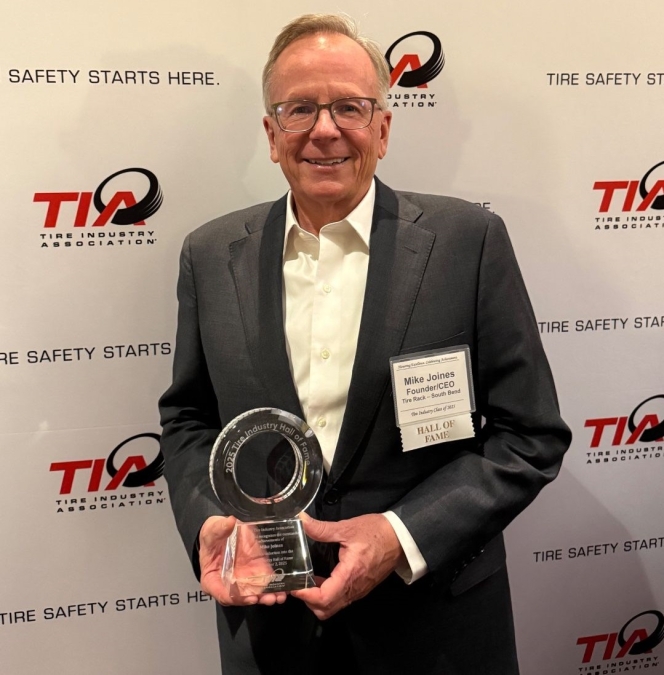
Tire Rack is celebrating the induction of its co-founder and longtime CEO, Mike Joines, into the Tire Industry Hall of Fame. The company credits Joines' automotive passion as the foundational spark for its mission to transform the tyre industry. Under his leadership, Tire Rack pioneered one of the first e-commerce platforms for tyre retailing, fundamentally changing how consumers research and purchase tyres.
The company’s philosophy, established by Joines, centred on empowering customers through comprehensive information rather than just completing a sale. This customer-first approach was built upon providing detailed product reviews, performance testing data, side-by-side comparisons and expert guidance.
Tire Rack also acknowledges that Joines understood the critical role of its team, noting that the ingenuity and integrity of its employees have been the true driving force behind decades of innovation and sustained customer trust. The company honours Joines as an enthusiast, innovator and leader whose devotion remains a source of inspiration.
Goodyear Posts USD2.2 Billion Quarterly Loss As It Completes Divestitures Under Goodyear Forward Plan
- By Sharad Matade
- November 04, 2025

Goodyear Tire & Rubber reported a net loss of USD 2.2 billion for the third quarter of 2025, weighed down by significant non-cash charges, even as its “Goodyear Forward” transformation programme continued to deliver strong operational benefits and major divestitures were completed.
The tyre maker said segment operating income rose to USD 287 million in the quarter, reflecting USD 185 million in cost-saving benefits from Goodyear Forward, which helped offset inflationary pressures, lower volumes and the absence of prior-year insurance recoveries.
“We delivered a meaningful increase in segment operating income relative to the second quarter in an industry environment that continued to be marked by global trade disruption,” said Mark Stewart, Chief Executive Officer and President. “This growth underscores our strong product portfolio and the consistency of our execution under the Goodyear Forward plan, both of which we expect to support further acceleration in our earnings during the fourth quarter.”
Goodyear’s quarterly net sales were USD 4.6 billion, with tyre unit volumes at 40 million. The company recorded a USD 1.4 billion non-cash deferred tax asset valuation allowance and a USD 674 million goodwill impairment charge during the quarter. Adjusted net income was USD 82 million, compared with USD 102 million a year earlier.
The company stated that all planned asset sales under its Goodyear Forward plan had now been completed, generating total gross proceeds of approximately USD 2.2 billion, which will be used to reduce debt and reinvest in growth.
On 31 October, Goodyear finalised the sale of the majority of its Goodyear Chemical business to an affiliate of Gemspring Capital Management, LLC, for USD 650 million, subject to adjustments. At closing, Goodyear received approximately USD 580 million in cash, which reflected working capital adjustments, including those for intercompany receivables.
“With the sale of our Chemical business, we have completed all of the planned asset sales included in our Goodyear Forward transformation program,” said Stewart. “Additionally, we surpassed initial expectations, with total gross proceeds from the divestitures of approximately USD 2.2 billion. As a result, we have a more focused, streamlined portfolio that will allow us to grow our core products and services and achieve our vision of being #1 in Tires and Service.”
The sale included Goodyear Chemical facilities in Houston and Beaumont, Texas, as well as a research office in Akron, Ohio. The company retains its chemical plants in Niagara Falls, New York, and Bayport, Texas, as well as the rights to the products produced there.
By region, the Americas segment reported third-quarter sales of USD 2.7 billion, a 4.2 percent year-over-year decline, as replacement tyre volumes decreased due to high inventories of imported products in the US market. Segment operating income fell to USD 206 million from USD 251 million.
In Europe, the Middle East and Africa (EMEA), sales rose 4.4 percent to USD 1.4 billion, supported by favourable currency movements and stronger price/mix. Operating income increased to USD 30 million from USD 23 million a year earlier.
Asia Pacific sales fell 18.9 percent to USD 501 million, reflecting the sale of the Off-the-Road (OTR) tyre business and softer demand in Japan, Australia and China. Segment operating income dropped to USD 51 million from USD 72 million.
Goodyear said it expects to achieve about USD 1.5 billion in annualised run-rate benefits from the Goodyear Forward programme by the end of 2025.
Nitto Tire’s Tomo Mizutani inducted into Tire Industry Hall of Fame
- By TT News
- November 04, 2025
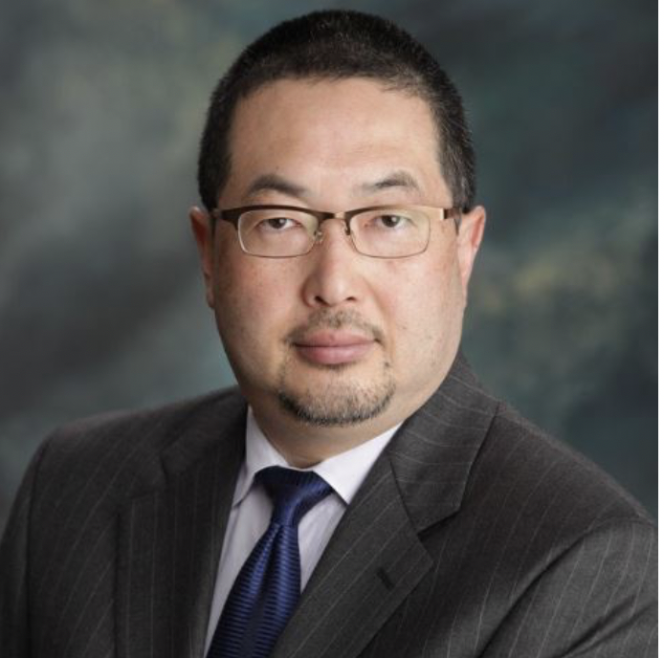
Tomoshige “Tomo” Mizutani, advisor and former Chairman and Chief Executive of Nitto Tire USA Inc., has been inducted into the Tire Industry Hall of Fame, one of the sector’s most prestigious honours.
The induction, hosted by the Tire Industry Association (TIA), will take place in Las Vegas alongside the 2025 SEMA Show, running from November 4 to 7.
With more than four decades in the tyre industry, Mizutani is widely credited with transforming Nitto Tire USA from a struggling operation in the early 1990s into a billion-dollar brand recognised for its innovation, performance, and strong connection with car enthusiasts.
“Our 2025 inductees embody the spirit of innovation and service that defines the tyre industry,” said Dick Gust, CEO of the Tire Industry Association. “Their contributions have improved safety, expanded opportunity, and shaped the way we do business worldwide.”
Mizutani’s approach combined deep market insight with bold risk-taking. By engaging with emerging communities of young car enthusiasts and later expanding into the off-road segment, he helped reposition Nitto as a brand built around passion and creativity.
Known for embracing innovation, Mizutani was among the first to champion enthusiast-driven product development and leverage digital and social media marketing to build brand loyalty. Under his leadership, Nitto cultivated a social media community exceeding 13 million followers, making it one of the most engaged automotive brands online.
“When new game-changing innovations would arise,” Mizutani said, “we viewed them as huge opportunities instead of risks.”
A frequent speaker at leading universities and industry events, Mizutani has shared his philosophy of creativity, resilience and perseverance with aspiring business leaders, often reminding audiences to “never ever give up.”
“This honour is beyond my dreams,” Mizutani said. “I’ve been privileged to meet and learn from industry legends who inspired me since my first day in America. I am deeply grateful for the incredible people who have guided, challenged, and supported me throughout my journey.”


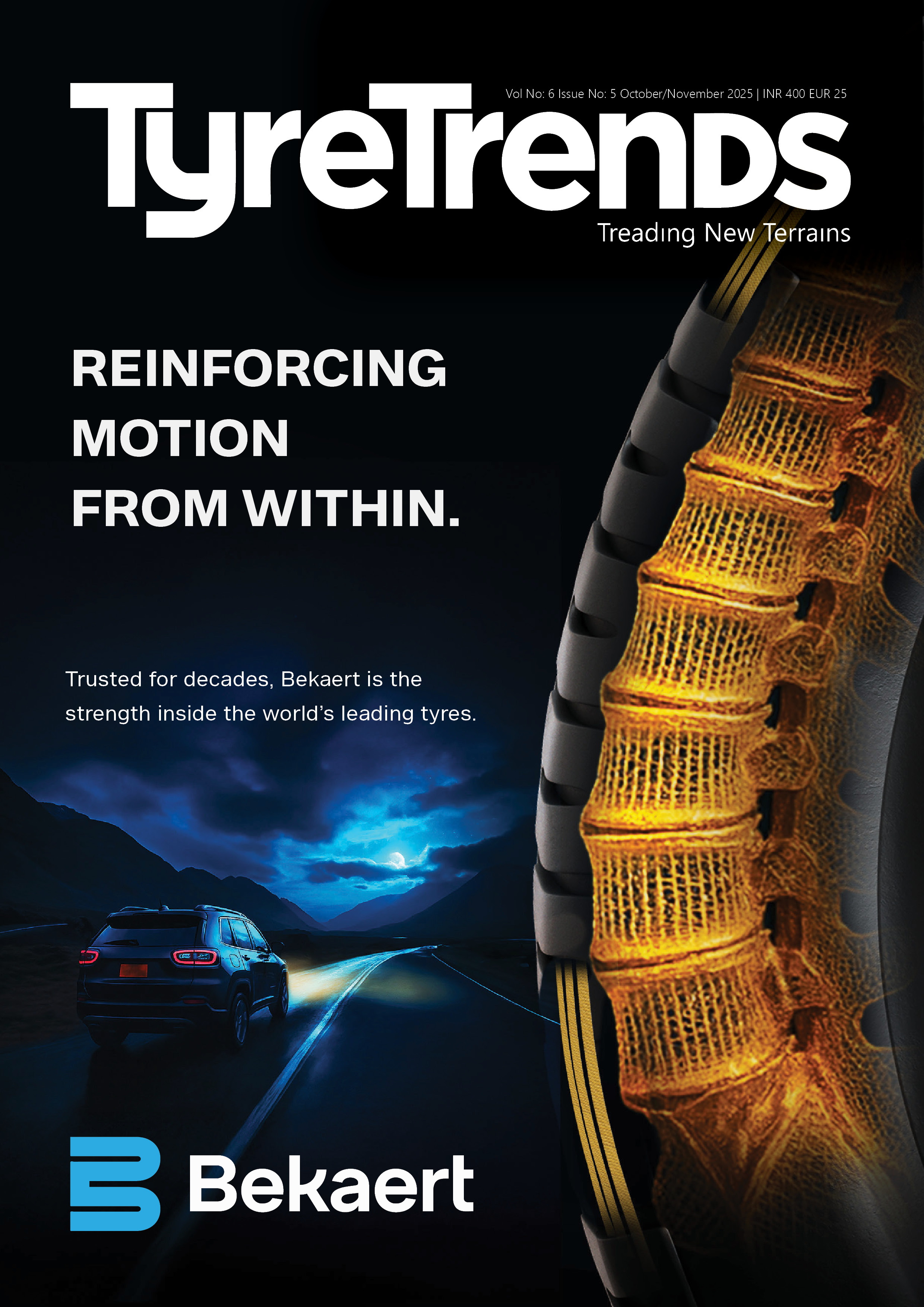
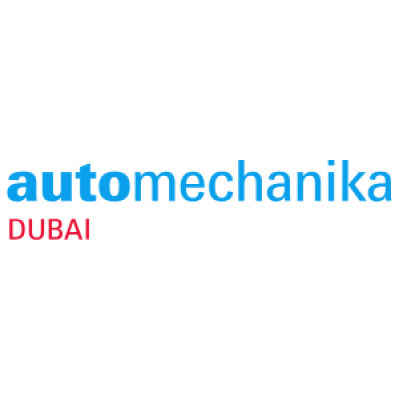



Comments (0)
ADD COMMENT